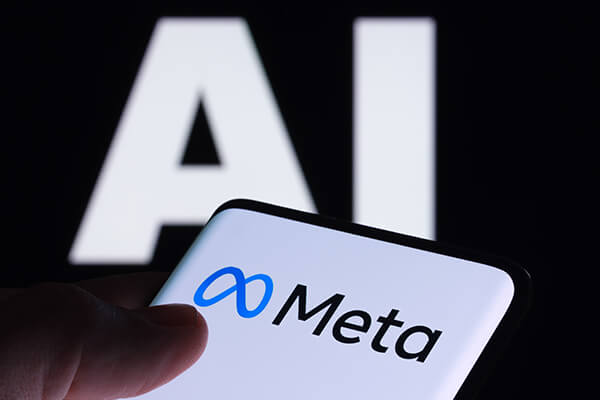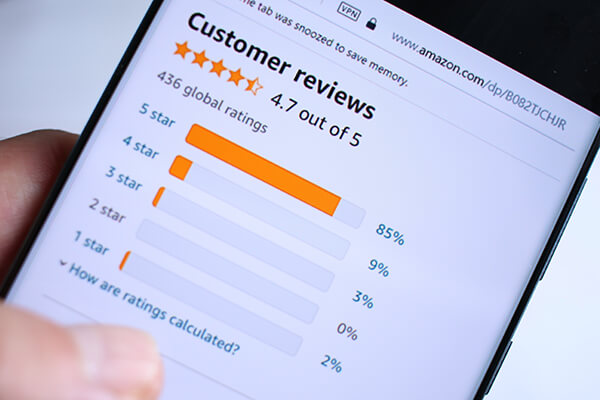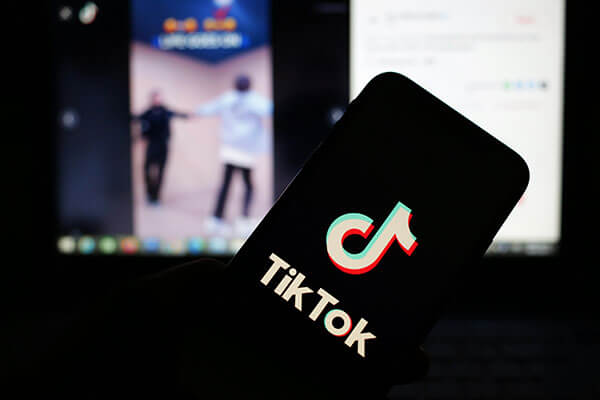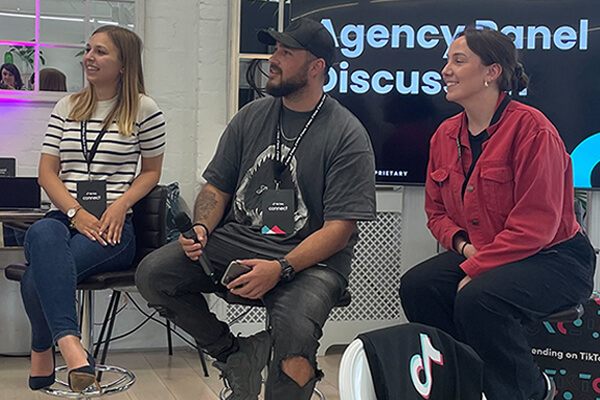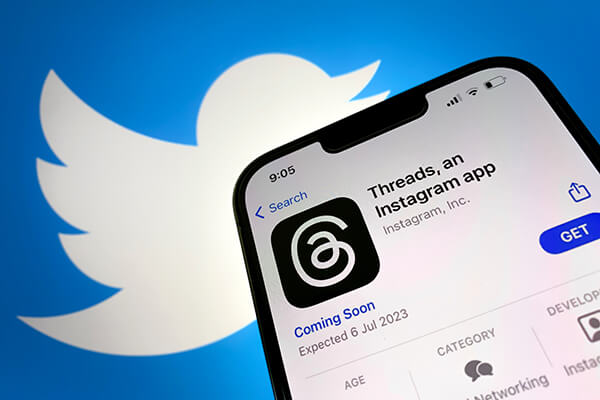Over the last 6 years, Push has carried out thousands of free comprehensive digital marketing audits for businesses around the globe.
Whilst we’ve seen businesses knowledge of digital marketing has improved over time, there are some big mistakes we still continue to see time and time again.

Don’t make the same mistakes and fall behind your competitors. Check out our current top 5 below:
1. “Mission defines strategy and strategy defines structure” – Peter Drucker
Depending on who you ask, the average conversion rate of a website is just 2.35%. So if 97.65% of visitors are not ready to buy from you and you are paying to get traffic to your site you need a strategy in place that is going to keep that traffic you spent money on engaged.
You’ve probably heard words like funnels, user journeys, that are required to do this but what we are not seeing happen is business translating that into the structure of their Google/Facebook ad campaigns.
When building your accounts, you need a structure that allows you to spread your budget and test keywords, audiences, ad copy, landing pages so that you can allocate more budget to what works best for you.
On Google ads in particular when grouping keywords together you have got to consider whether or not the ad copy you show them and the landing page you send them to are going to satisfy their query. If those assets don’t cater to all the keywords in your ad group then the keywords need to be separated out.
To give you an example, Push as an agency could target people searching for “Digital marketing agencies” and people searching for “What are Google Ads”. The first is more likely to become a customer of ours because the keyword shows much stronger intent. The second could be someone doing research that doesn’t even have a business yet. They may still be valuable, but we would need to answer their question and build a relationship where we keep educating them until they are ready to engage with us.
2. Remarketing/Retargeting – Your visitors are not all worth the same amount to you
Imagine you own a jewellery shop. A customer comes in and looks at a cheap silver bracelet for 10 seconds and leaves.
As they leave the store, you follow them into every other shop with a giant sign showing them that silver bracelet and telling them to come back and buy it.

Creepy! I know, but that’s what happens every day online and there’s a reason everyone’s doing it. It works.
However, if you had the choice between following the customer who looked at the cheap silver bracelet and the customer who spent an hour with you because they wanted to treat themselves to an expensive diamond ring which one would you follow when there’s only one of you?
Businesses have limited budgets. Yet they treat all customers that come to their website as equals, bidding the same for all of them, showing them the same banners after they leave etc.
An effective remarketing campaign segments audiences and spends more money going after the visitors that are more likely to convert based on their engagement. Perhaps they left something in the basket, or maybe they spend 10 mins browsing and have been to the site 5 times. With businesses offering a service you also need to consider if someone’s already been to your site and not filled out on your contact form, maybe there is new content you can show them, that help them take some action, rather than sending them back to the same information they’ve already read.
3. Automated Bidding
When a business says to us we want to reduce our cost per lead/sale we say let’s take a look, we think we can do that for you.
When a business says to us we want to grow and get more sales and leads we say let’s take a look, we think we can do that for you.
When a business wants both:

Businesses often struggle to grow when they use some of Google/Facebook’s automated bidding strategies like the Target CPA method. Your asking the platform to find you leads at a particular cost and so their algorithms work to only show you to the most relevant audiences, at the most relevant times, on the most relevant devices to achieve conversions at that cost
When you want to grow lead volumes you’ve got to be able to go broader. If you remember when you first start at a Google/Facebook ads campaign your cost per lead/sale falls as you optimise the performance, the same thing will happen when you start to go broader with your marketing. In the short term your CPA may need to rise to get the volume you want, but there are opportunities to bring it down again as you optimise your broader strategies.
The other mistake made here is not setting a budget that allows the platform to get the data it needs to work effectively. Asking for leads/sales at £20 and setting a budget of £10 a day makes it incredibly difficult for the platform to get enough data to achieve targets and so we recommend setting a budget at least 4-5x the target CPA in order to test this bidding strategy effectively.
We’ve also seen businesses, particularly E-commerce switch everything over to Smart Shopping campaigns which are completely automated by Google. We ourselves have seen plenty of success stories but the problem is if you put all your eggs in one basket and the results of your campaign drop off you’ve got no backup plan. Keep some manual campaigns running and let smart shopping maximise your best product categories or support your worst categories.
4. In-Market Audiences
One great feature on Google that is severely underused is in-market audiences for search.
Google collects user data and builds audiences lists of people they believe are in the market to buy something based on their recent behaviour online, what they search for, sites they visit and the content they contain, how they engage with these sites etc.
Their algorithms can even distinguish whether or not someone has a long term interest in a topic (which they group into affinity audiences) or whether its a recent change in behaviour.
The in-market audiences were previously available for display campaigns but now you can actively tell Google to bid more aggressively for users who search for your keywords and belong to particular in-market audiences.
If you have enough data you can also segment your audiences and take a look at the list of people who convert on your site and what in-market audiences they belong to so you can focus on the best lists possible.
5. Emotive Ad Copy
Years of experience, 10-year guarantees, free delivery, award-winning etc.
When it comes to companies writing adverts it’s often all very me, myself and I.

Whilst telling everyone how great you are can work, we are seeing higher click through and higher conversion rates from emotive ad copy.
To write emotive ad copy you need to understand who your audiences are, what are their needs, their pain points, what do they love and hate. You then have a range of emotions to appeal to and test, positive sentiments that give people affirmation or ads that focus on anger/fear to incite action etc.
Well, that brings us to the end of our list.
If you want to keep ahead of your competitors and grow your business get in touch with the Push team who will happily audit your digital marketing activity and help you find those opportunities for growth you’ve been missing out on.
And if you are doing none of the above and aren’t going to take any actions after reading this…. good luck!!!




